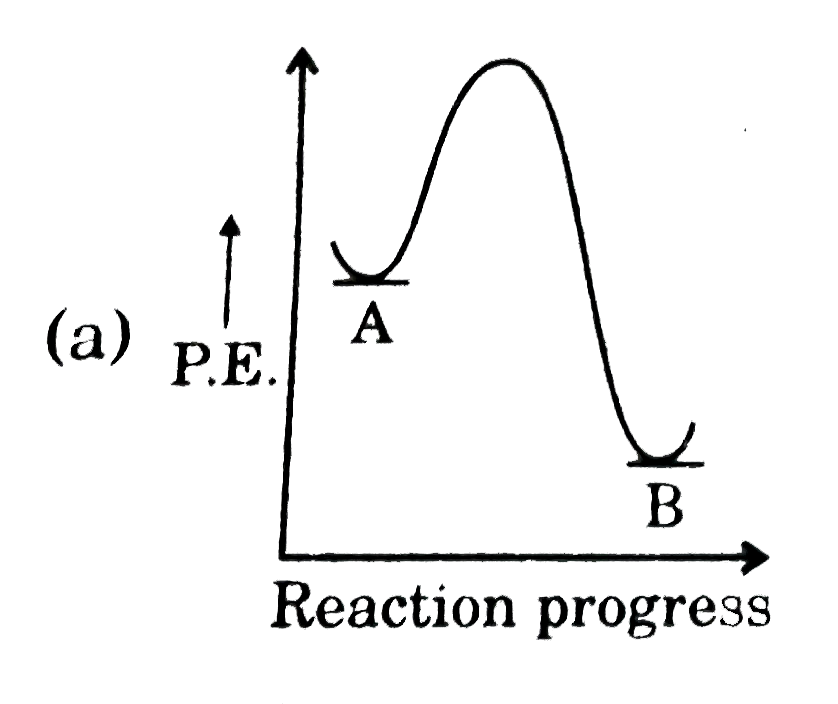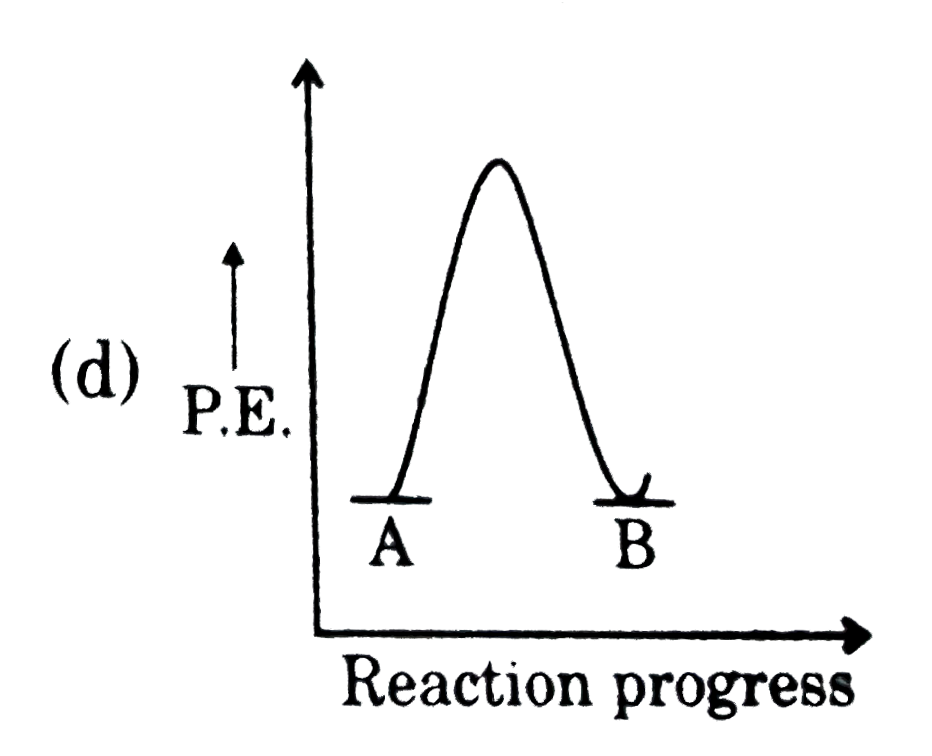Compare substituion vs addition in aromatic compounds through the thermochemical changes for bromine substitution and addition with benzene as substrate. Threat the bonds in benzene as ethylenic bonds, a reasonable approximation, and use the following data:
B.E.(C−H)=414.2kJmol−1,B.E.(Br−Br)=188.3kJmol−1
B.E.(C−C)=347.3kJmol−1,B.E.(H−Br)=364.0kJmol−1
B.E.(C=C)=606.7kJmol−1,B.E.(C=Br)=284.5kJmol−1
Strategy: Energy is required to break bonds while energy is released during the formation of bonds.

Sustitution is therefore, theromodynamically favorable, whereas addition is thermodynamically unfavorable. In substitution there is no loss of resonance energy but there is a loss of 136 kJ in addition. It is this loss that is the deciding factor.
Topper's Solved these Questions
- AROMATIC HYDROCARBONSBook:R SHARMAChapter:AROMATIC HYDROCARBONSExercise:Follow up Test 1
Explore 10 Videos
- AROMATIC HYDROCARBONSBook:R SHARMAChapter:AROMATIC HYDROCARBONSExercise:Follow up Test 2
Explore 13 Videos
- ALKYNESBook:R SHARMAChapter:ALKYNESExercise:Archives
Explore 42 Videos
- CHEMICAL BONDINGBook:R SHARMAChapter:CHEMICAL BONDINGExercise:Archives
Explore 73 Videos
Similar Questions
Knowledge Check
Calculate the enthalpy of formation of ammonia from the following bond enegry data:
(N−H)bond=389kJmol−1,(H−H)bond=435kJmol−1, and (N≡N)bond=945.36kJmol−1.A−41.82 kJ mol−1B+83.64 kJ mol−1C−945.36 kJ mol−1D−833 kJ mol−1For a reaction A→B,Ea=10kJmol−1,ΔH=5kJmol−1. Thus, potential energy profile for this reaction is:
A B
B C
C D
D
Consider the following data : ΔfH∘(N2H4,l)=50kJ/mol,ΔfH∘(NH3,g)=−46kJ/mol
B.E(N−H)=393 kJ//mol and B.E.(H−H)=436kJ/mol
ΔvapH(N2H4,l)=18kJ/mol
The N-N bond energy in N2H4 is :A226 kJ/molB154 kJ/molC190 kJ/molDNone of these
Calculate the resonance energy of gaseous benzene form the following data.
BE(C−H)=416.3kJmol−1
BE(C−C)=331.4kJmol−1
BE(C=C)=591.1kJmol−1
ΔsubHΘ(C,graphite)=718.4kJmol−1
ΔdissHΘ(H2,g)=435.9kJmol−1
ΔfHΘ(benzene,g)=82.9kJmol−1
View SolutionCalculate the enthalpy change during the reaction :
H2(g)+Br2(g)→2HBr(g)
Given, eH−H=435kJmol−1,eBr−Br=192kJmol−1 and eH−Br=368kJmol−1.
View SolutionUsing the bond enthalpy data given below, calculate the enthalpy of formation of acetone (g).
Bond enegry C−H=413.4kJmol−1,
Bond enegry C−C=347.0kJmol−1,
Bond enegry C=O=728.0kJmol−1,
Bond enegry O=O=495.0kJmol−1,
Bond enegry H−H=435.8kJmol−1,
ΔsubHΘC(s)=718.4kJmol−1
View SolutionCalculate the enthalpy of hydrogenation ofC2H2(g) to C2H4(g).
( Given bond energies: C−H=414.0kJmol−1,
C≡C=827.6kJmol−1,
C=C=606.0kJmol−1,
H−H=430.5kJmol−1)
View SolutionCalculate the heat of combustion of eithene
CH2=CH2(g)+3O2(g)→2CO2(g)+2H2O(I)
The bond energy data are given below
C = C = 619 kJ mol−1
C - H = 414 kJ mol−1
O = O = 499 kJ mol−1
C = O = 724 kJ mol−1
O - H = 460 kJ mol−1
View Solution